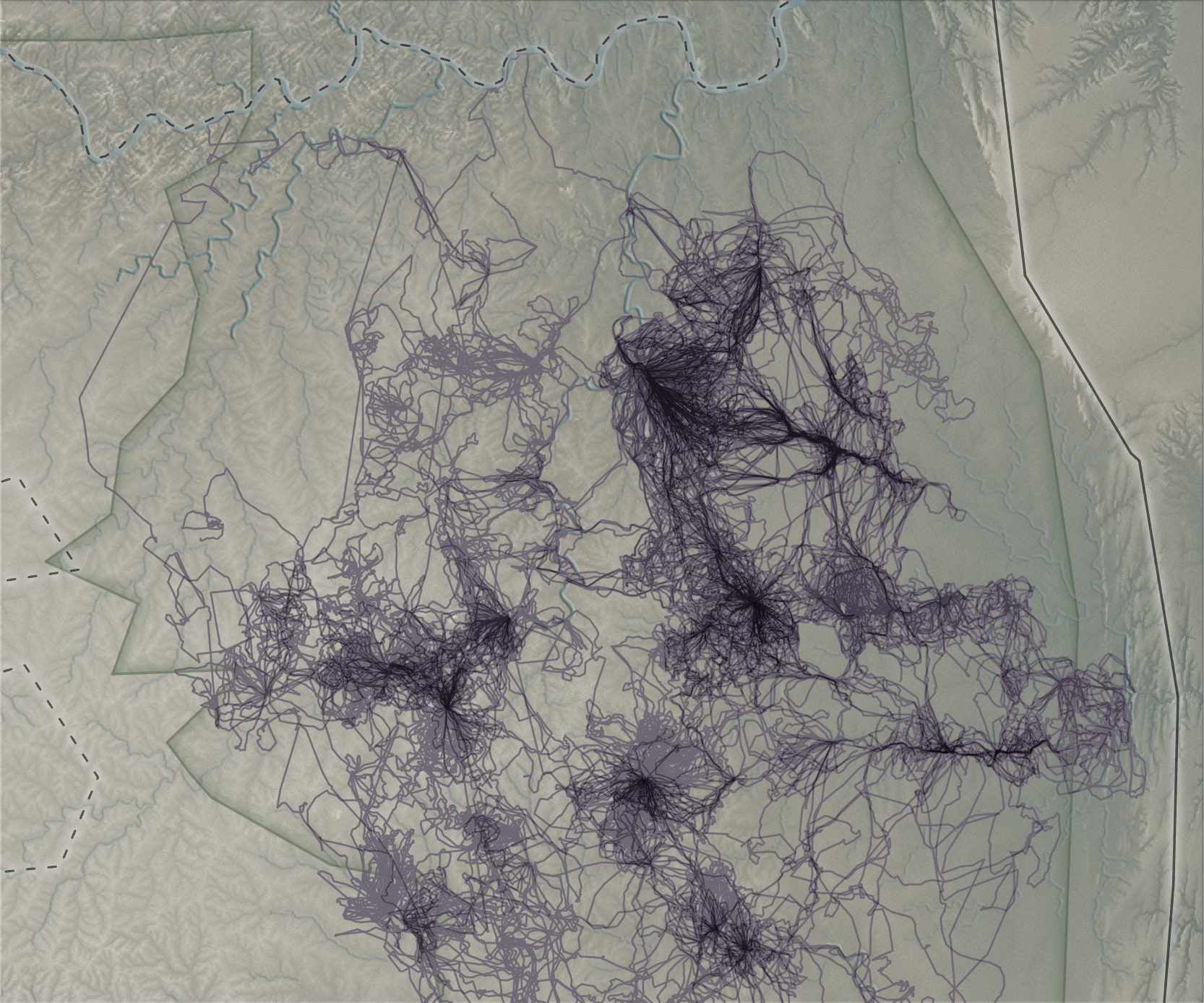Laser Interferometer Gravitational Wave Observatory (LIGO)
News & Articles
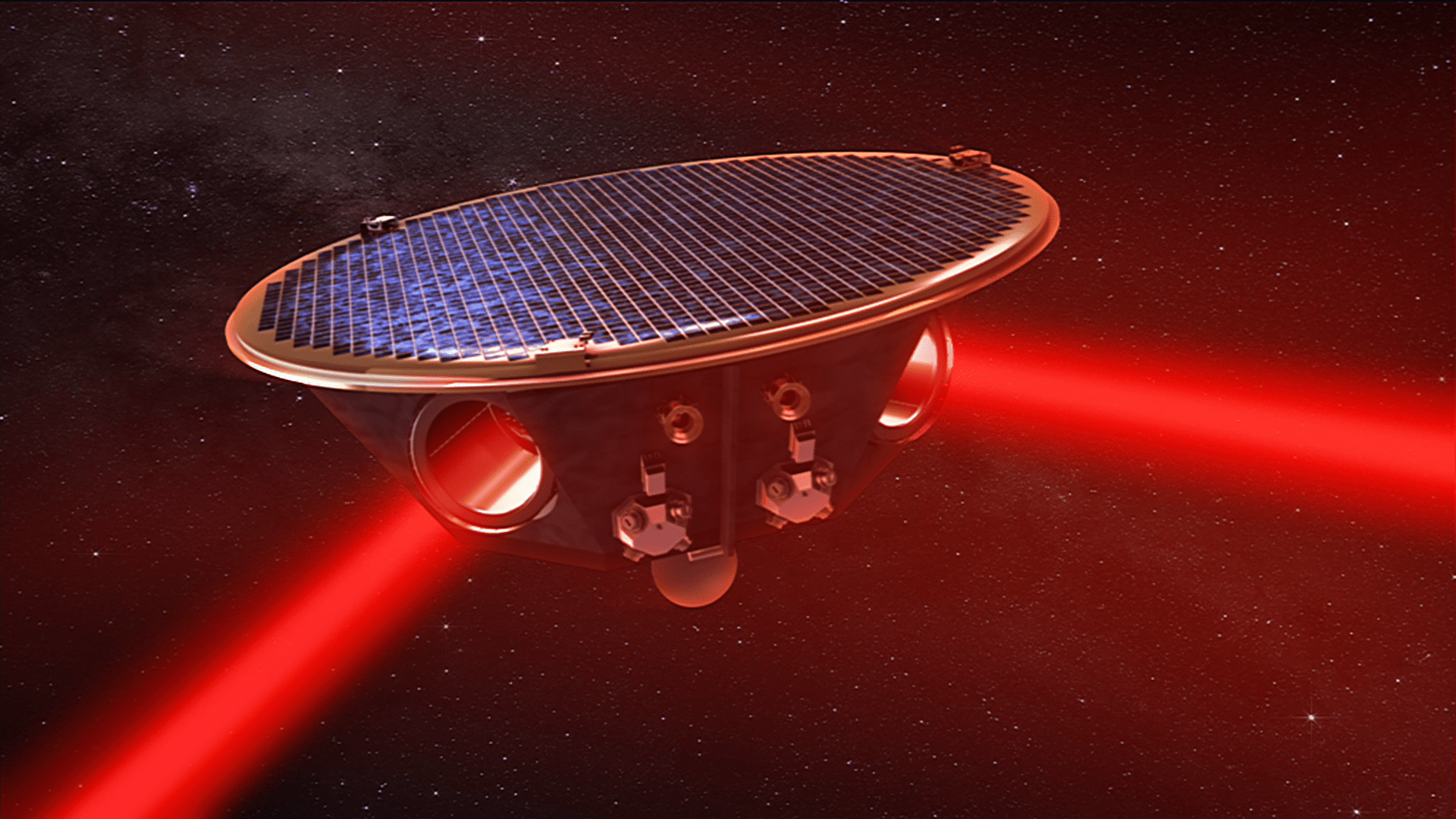
NASA Collaborating on European-led Gravitational Wave Observatory in Space
4 min read
The first space-based observatory designed to detect gravitational waves has passed a major review and will proceed to the construction…
Article6 months ago
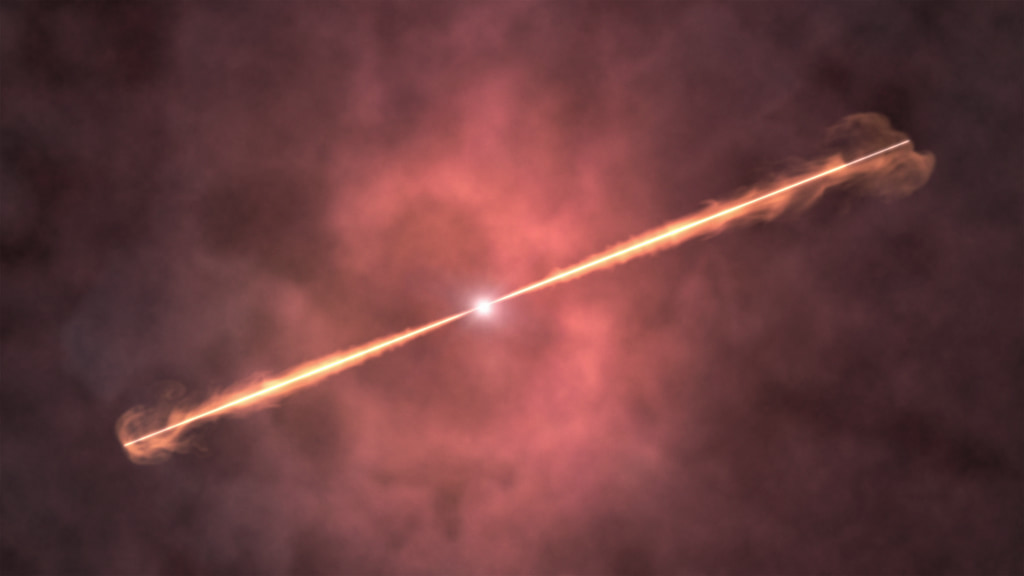
How NASA Chases and Investigates Bright Cosmic Blips
9 min read
Stephen Lesage’s phone started vibrating just after halftime on Oct. 9, 2022, while he was watching a soccer game in…
Article6 months ago
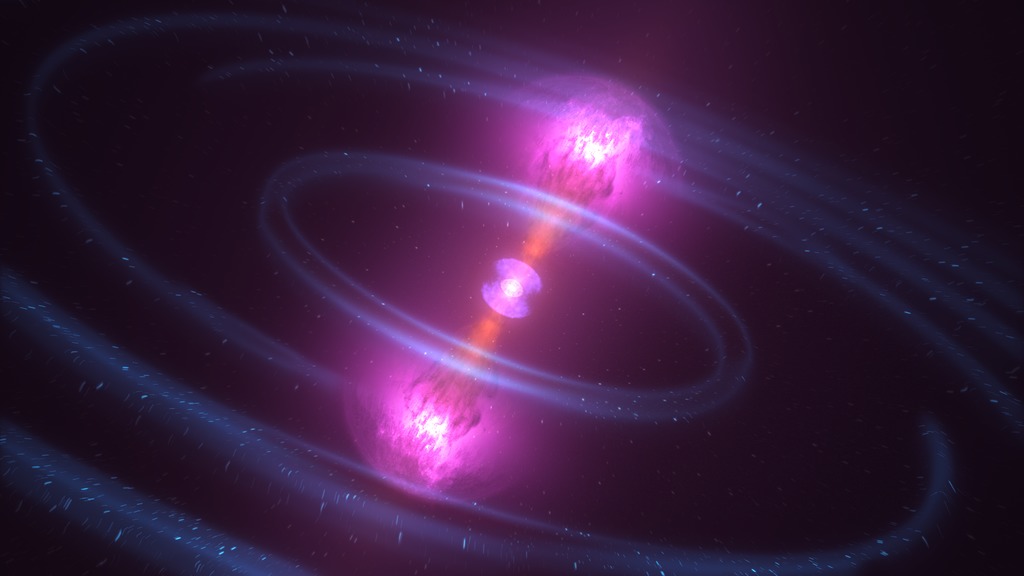
Gamma-Ray Bursts: Black Hole Birth Announcements
4 min read
Gamma-ray bursts are the brightest, most violent explosions in the universe, but they can be surprisingly tricky to detect. Our…
Article1 year ago
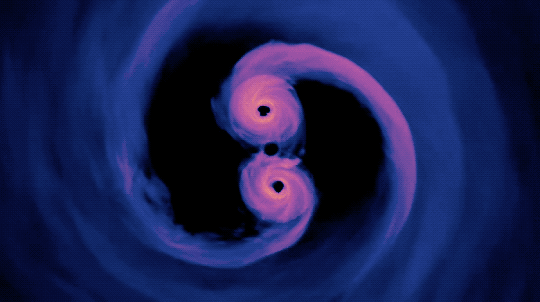
A Mesmerizing Model of Monster Black Holes
2 min read
Just about every galaxy the size of our Milky Way (or bigger) has a supermassive black hole at its center.…
Article1 year ago
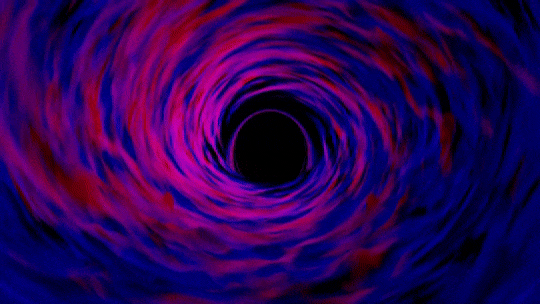
Black Holes: Seeing the Invisible!
4 min read
Black holes are some of the most bizarre and fascinating objects in the cosmos. Astronomers want to study lots of…
Article3 years ago
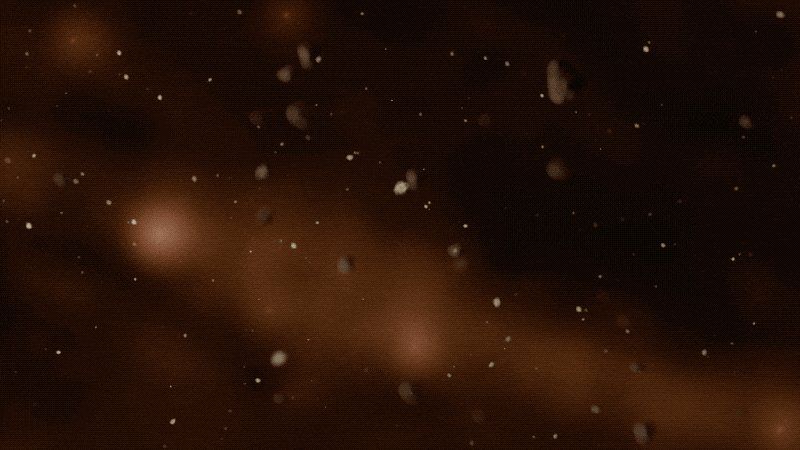
Be Glad You Don’t Have to Dust in Space!
4 min read
Come springtime you might be ready to throw open the windows and break out the feather duster, because that’s a…
Article5 years ago
Keep exploring




